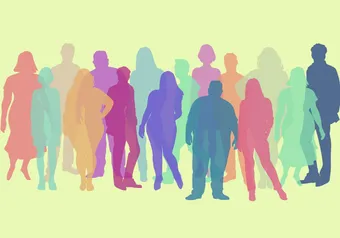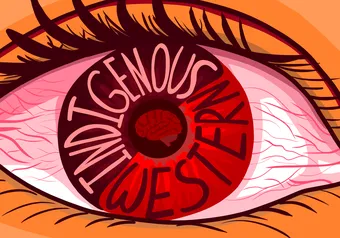Here in Vancouver, weed culture is ubiquitous, and university gives students the freedom to experiment with drugs. Marijuana is the most commonly used illicit substance at Canadian universities. For many new students at UBC, weed will be the first drug they try.
While marijuana legalization is coming, weed is currently illegal in Canada, with the exception of medical uses. However, laws against recreational use are not typically enforced by police.
People who use recreational cannabis usually do so in social settings for its euphoric and relaxing effects.
“I smoke weed about one or two times per week — it’s a social thing,” said Zach, a UBC student who wished to remain anonymous. According to Zach, “everything seems newer … like you experience things at a different level."
“You feel more relaxed,” said James, another UBC student. “The biggest advantage to smoking weed [is that] it feels nice.”
Of course, things can always go wrong. While a bad time on weed is less likely and less intense than, say, LSD, the potential for paranoia and pretty significant mental discomfort is there. If you choose to partake, always be sure to do so in a place you feel comfortable, with people who make you feel good.
Before trying weed, new students should have some basic knowledge about the health effects of cannabis on the body. Consider other common drugs used on campus — everyone knows cigarettes cause cancer. Everyone knows that alcohol damages the liver. However, the majority of people don’t know what marijuana does to the body.
Marijuana overdose
When activists highlight marijuana’s safety, they often assert that it is impossible to overdose on weed. However, cannabis overdose, while extremely rare, is possible. One of marijuana’s effects is that it increases strain on the cardiovascular system. Researchers estimate that the risk of a heart attack is almost five times higher one hour after taking cannabis. Too much marijuana can also, in rare cases, cause stroke.
When people assert that it is impossible to overdose on marijuana, they are implying that the drug must be safe. This is misleading. The potential to overdose is not the only thing that determines a drug’s safety. It is also extremely difficult to overdose on tobacco smoke, but no one would say that cigarettes are safe.
Marijuana and Lung Cancer
A study from Ontario found that marijuana smoke and tobacco smoke are quite similar. Both contain large amounts of tar, as well as ammonia and hydrogen cyanide. Research has shown that smoking large amounts of marijuana causes the same pre-cancerous changes to lung cells that we see in cigarette smokers. However, it is unclear if this actually progresses to lung cancer.
Marijuana and schizophrenia
A large set of data shows that using marijuana, especially during youth, likely increases the chances of developing psychotic disorders such as schizophrenia. This effect is dose-dependent, meaning the more cannabis used, the greater the risk. One study from New Zealand found that daily use of cannabis increased the risk of psychosis by 2.3 to 3.3 times.
While it is possible that marijuana causes psychotic disorders, there is some uncertainty. It is possible that another factor could explain both the marijuana use and the psychosis. The most common alternate explanation for this association is that people with schizophrenia self-medicate with marijuana. Think of it like the chicken or the egg question — which came first? It is not yet clear whether marijuana causes schizophrenia or whether people who are likely to develop schizophrenia are more likely to use marijuana.
So is it safe?
It is important to note that most negative effects of marijuana are relatively rare. One should also keep marijuana in context of other drugs. Compared to alcohol and cigarettes, marijuana is relatively safe. That does not mean, however, that it is completely safe.
Students who are looking to try weed should know that there are risks to cannabis use, just like every other drug out there.
First online
Share this article








